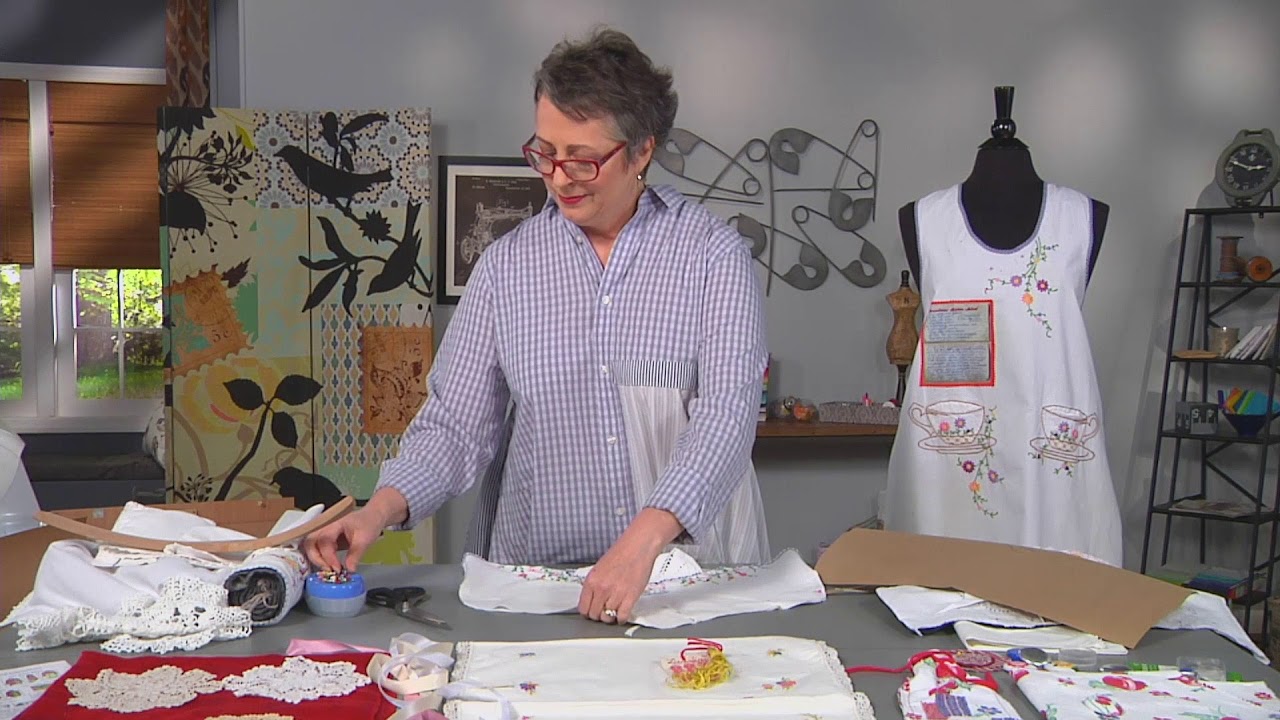

Tableware
What To Do With Old Tablecloths
Modified: February 24, 2024
Looking for ways to repurpose your old tablecloths? Discover creative ideas for transforming tableware and giving new life to your fabric decor.
(Many of the links in this article redirect to a specific reviewed product. Your purchase of these products through affiliate links helps to generate commission for Storables.com, at no extra cost. Learn more)
Introduction
Tablecloths are an essential part of any table setting, adding a touch of elegance and protecting the table surface from spills and scratches. However, over time, tablecloths may become worn, stained, or outdated, and you may find yourself wondering what to do with them. Instead of tossing them away, consider giving them a new purpose and extending their lifespan.
In this article, we will explore a variety of creative and practical ways to repurpose old tablecloths. By transforming them into functional and decorative items, you can not only reduce waste but also add a unique touch to your home decor. So, let’s dive in and discover the endless possibilities of breathing new life into your old tablecloths.
Key Takeaways:
- Give new life to old tablecloths by repurposing them into fabric napkins, placemats, reusable bags, and more. Reduce waste and add a unique touch to your home decor while embracing sustainability.
- Transform your old tablecloths into personalized and practical items such as picnic blankets, curtains, tote bags, and pet beds. Unleash your creativity, reduce waste, and make a positive impact on the environment.
Read more: What To Do With Old Curtains
Repurpose as Fabric Napkins
If you have a tablecloth that has suffered from stains or tears in certain areas, you can salvage the unaffected portions by turning them into fabric napkins. By cutting the tablecloth into smaller squares or rectangles, you can create a set of reusable napkins that are not only environmentally friendly but also add a charming touch to your dining experience.
You can choose to sew a simple hem around the edges to prevent fraying or experiment with decorative stitching for a more unique look. Fabric napkins are not only practical for everyday use but also perfect for special occasions, adding a touch of elegance to your table settings.
Additionally, fabric napkins made from repurposed tablecloths can be easily personalized by adding monograms, embroideries, or unique patterns. This makes them a thoughtful and personalized gift idea for friends and family.
Next time you host a dinner party, you’ll impress your guests not only with your culinary skills but also with your eco-friendly and stylish fabric napkins.
Create Custom Placemats
A great way to repurpose old tablecloths is to transform them into custom placemats. Placemats not only protect your table from spills and scratches but also add a pop of color and style to your dining area.
To create custom placemats, start by cutting the tablecloth into individual rectangular shapes, ensuring they are large enough to accommodate a plate, utensils, and a napkin. You can choose to leave the edges as they are for a rustic look or sew a simple hem for a more finished appearance.
Next, unleash your creativity by adding personal touches to the placemats. You can use fabric paint, stencils, or even fabric markers to create unique designs, patterns, or monograms. This allows you to coordinate the placemats with your existing home decor or personalize them for special occasions such as birthdays or holidays.
Custom placemats are not only a practical addition to your table setting, but they also make great gifts for housewarmings, weddings, or any other special celebration. Your friends and family will appreciate the thought and effort put into creating these one-of-a-kind placemats.
So, grab those old tablecloths and let your imagination run wild as you transform them into beautiful and functional placemats that will bring joy and style to your dining experience.
DIY Reusable Grocery Bags
Reduce your use of single-use plastic bags by repurposing old tablecloths into DIY reusable grocery bags. Not only will you be helping the environment, but you’ll also have a stylish and durable bag to carry your groceries.
To create your own reusable grocery bags, start by cutting the tablecloth into two large rectangular pieces. These will serve as the main panels of the bag. Make sure the rectangles are equal in size and large enough to hold your groceries comfortably.
Next, fold each rectangle in half so that the shorter ends are aligned. Sew along the bottom and sides of the folded rectangle, leaving the top open. This creates the basic shape of your bag.
To make the bag more functional, you can add handles by cutting two long strips from the remaining fabric. Sew the ends of each strip to the sides of the bag, ensuring they are securely attached.
If desired, you can also incorporate a small pocket on the inside or outside of the bag to hold smaller items like keys or a wallet. This adds an extra level of convenience to your grocery shopping experience.
Once your reusable grocery bag is complete, take it with you whenever you go shopping. Not only will you be reducing waste, but you’ll also be making a fashion statement with your unique and eco-friendly bag.
Repurposing a tablecloth into a reusable grocery bag is not only a practical way to extend its lifespan but also a creative and eco-conscious solution for your shopping needs.
Make a Patchwork Quilt
If you have a collection of old tablecloths with sentimental value or beautiful patterns, consider repurposing them into a stunning patchwork quilt. This project allows you to preserve the memories associated with the tablecloths while creating a cozy and unique heirloom.
To begin, gather your collection of tablecloths and assess their condition. If they are stained or torn in certain areas, you can strategically cut out the salvageable portions. Alternatively, you can incorporate the tablecloths as a whole if they are still in good condition.
Start by cutting the tablecloth pieces into squares or rectangles of the same size. You can use a quilting ruler and rotary cutter for precise and even cuts, or you can opt for a more organic and freeform approach by cutting irregular shapes.
Arrange the cut pieces in a pleasing pattern, experimenting with different colors, patterns, and textures. This is where your creativity shines as you design a layout that reflects your personal style and the memories associated with each tablecloth.
Once you have finalized the layout, sew the pieces together, ensuring they are aligned correctly. Press the seams open or to one side, depending on your personal preference. Add a backing fabric and batting to create the quilt sandwich and then quilt the layers together using hand or machine stitching.
To complete the quilt, add a binding around the edges for a polished and professional finish. You can use a complementary fabric or repurpose another tablecloth for the binding, adding to the quilt’s unique charm.
A patchwork quilt made from repurposed tablecloths not only keeps cherished memories alive but also provides warmth, comfort, and a one-of-a-kind aesthetic to your home. It’s a labor of love and creativity that will be treasured for years to come.
Use as a Picnic or Beach Blanket
Transform your old tablecloth into a versatile picnic or beach blanket, perfect for outdoor gatherings and sunny days by the shore. Instead of purchasing a new blanket, repurposing a tablecloth allows you to provide a comfortable and stylish seating area while reducing waste.
To get started, choose a tablecloth that is large enough to accommodate your needs. Lay it flat on the ground, and if desired, iron out any wrinkles to create a smooth and even surface.
Since tablecloths are typically made of durable and washable fabric, they make an excellent choice for a picnic or beach blanket. The material provides a cozy spot for lounging, while the pattern or design adds a pop of color and personality to your outdoor experience.
If you want to spruce up your tablecloth blanket, consider adding a waterproof backing or layer to protect it from damp or sandy surfaces. You can easily achieve this by sewing a layer of waterproof fabric or using a waterproof sheet as an underlay.
Once your picnic or beach blanket is ready, pack it up and take it on your next outdoor adventure. Spread it out on the grass or sandy beach, and enjoy a leisurely meal, relax while reading a book, or soak up the sun with your loved ones.
When you’re done, simply shake off any debris and fold the tablecloth blanket neatly. It’s easy to clean and store, making it a practical and eco-friendly alternative to disposable picnic or beach blankets.
Transforming your old tablecloth into a picnic or beach blanket not only extends its lifespan but also allows you to enjoy the outdoors with comfort and style. So, grab your repurposed tablecloth and embrace the beauty of nature!
Consider repurposing old tablecloths into reusable tote bags or aprons. This is a sustainable way to give new life to old fabric and reduce waste.
Transform into Curtains or Drapes
If you have a tablecloth with a beautiful pattern or fabric that you love, consider repurposing it into curtains or drapes for your windows. This creative solution not only adds a unique touch to your home decor but also gives your tablecloth a second life in a practical and stylish way.
To begin, measure your windows to determine the size of the curtains or drapes you need. Keep in mind that tablecloths may not be wide enough to cover larger windows, so you may need to sew multiple tablecloth panels together to achieve the desired width.
Next, cut the tablecloth to the appropriate length for your windows, allowing for any hemming or additional fabric needed for the curtain rod or hooks. If the tablecloth has a border or decorative trim, you can incorporate it into the design or trim it off for a cleaner look.
If the tablecloth fabric is lightweight, you may want to consider backing it with a more substantial fabric to provide privacy and block out excess light. This can be done by sewing a lining fabric onto the back of the tablecloth or attaching blackout curtain material.
Once the dimensions and lining are in place, it’s time to create the curtain rod pocket or loops for hanging. Measure and fold over the top edge of the tablecloth, creating a large enough pocket for the curtain rod to fit through. Alternatively, you can sew loops or tabs along the top edge for hanging the curtains on hooks or rings.
Hang your repurposed curtains or drapes and step back to admire the transformation. The tablecloth’s unique pattern or design adds character to your windows, making a statement and infusing your space with a touch of individuality.
Curtains or drapes made from repurposed tablecloths not only save you money but also contribute to a more sustainable lifestyle by reducing waste. Plus, you can revel in the joy of decorating your windows with a piece that holds sentimental value or memories associated with the tablecloth.
Don’t let your old tablecloth gather dust in a drawer. Instead, let it shine as a stunning curtain or drape, enhancing the beauty and ambiance of your living space.
Create a Festive Bunting or Banner
Add a festive and decorative touch to your home or special occasion by repurposing an old tablecloth into a bunting or banner. Whether it’s for a birthday celebration, holiday gathering, or simply to spruce up your living space, a DIY bunting or banner made from a tablecloth adds charm and cheer.
To get started, choose a vibrant and patterned tablecloth that complements the theme or color scheme of your event. Alternatively, you can opt for a neutral-colored tablecloth and add embellishments such as ribbons, lace, or appliques for a personalized touch.
Next, measure and cut the tablecloth into triangular or rectangular shapes, making each flag the same size. You can use a template or create different-sized flags for variety. Remember to leave enough space at the top of each flag for attaching a string, ribbon, or twine.
Once you have your flags cut out, it’s time to attach them to the string or ribbon. Place the chosen string along the top edge of each flag and either sew or glue it in place, ensuring they are evenly spaced. Leave enough room at each end of the string to hang or tie the bunting.
If desired, you can add extra embellishments to the flags, such as fabric paint, glitter, or fabric markers, to enhance the festive look. You can also attach small accessories or letters to spell out a specific message or name.
Hang your repurposed tablecloth bunting or banner across a wall, window, fireplace mantel, or even outside in a garden or patio area. The vibrant colors and patterns will instantly transform the space, creating a festive and celebratory atmosphere.
After your event or celebration, store the bunting or banner in a safe place to reuse for future occasions. The durability of the tablecloth fabric ensures that your homemade decoration will last for years to come, bringing joy and a touch of whimsy to any event or gathering.
Don’t let your old tablecloth go to waste – turn it into a stunning and festive bunting or banner that will bring smiles and create memories for you and your loved ones.
Craft a Decorative Table Runner
Give your dining table a stylish makeover by repurposing an old tablecloth into a decorative table runner. This simple yet impactful DIY project allows you to showcase the beautiful pattern or fabric of the tablecloth while adding a touch of elegance to your dining space.
To start, choose a tablecloth that complements your table and the overall aesthetic of your dining area. Consider the size of your table and how long you want the table runner to be. Measure and cut the tablecloth accordingly, keeping in mind that a table runner is typically narrower than the width of the table.
If the edges of the tablecloth are raw or uneven, you can hem them to create a clean and finished look. Alternatively, you can leave the edges as they are for a more rustic or bohemian style table runner.
Once you have the desired size and edges prepped, you can get creative with embellishments. Add decorative trims, lace, ribbons, or even embroidery to enhance the visual appeal of the table runner. You can sew them on or use fabric glue for a no-sew option.
When it comes to styling the table runner, you have various options. You can place it lengthwise along the center of the table, allowing it to gracefully drape over the edges. Alternatively, you can cross it horizontally across the table, creating a layered look with placemats or chargers atop it.
The decorative table runner serves as a focal point and brings a cohesive element to your table setting. It not only protects your table from spills and scratches but also adds a touch of sophistication and charm.
For special occasions or holidays, consider coordinating the table runner with themed decor. Add candles, flowers, or festive accents to create an inviting and stylish tablescape that will impress your guests.
Even after the occasion has passed, the repurposed tablecloth table runner can be used in your everyday decor. It adds a touch of elegance and elevates the visual appeal of your dining area.
Turn your old tablecloth into a chic and decorative table runner, and let it enhance the beauty of your dining experience.
Read more: What To Do With Old Candles
Sew a Custom Tote Bag
Transform your old tablecloth into a practical and stylish tote bag that you can use for grocery shopping, trips to the farmer’s market, or even as an everyday handbag. Creating a custom tote bag allows you to repurpose the beautiful fabric of the tablecloth and showcase your personal style.
To begin, choose a sturdy and durable tablecloth that can withstand the weight of items you’ll carry in the tote bag. Consider the size and shape you prefer for your tote bag, and measure and cut the tablecloth accordingly.
The dimensions for a basic tote bag are typically a rectangle with two longer sides for the front and back panels, and two shorter sides for the width of the bag. You can also add depth to the bag by sewing additional fabric on the sides or bottom.
Before sewing the panels together, you can add pockets or compartments to the interior or exterior of the tote bag. This allows for better organization and easy access to smaller items. Simply cut out rectangular pieces of fabric and sew them onto the appropriate places on the panels.
Next, sew the panels together with right sides facing each other. Use a straight stitch and reinforce the seams to ensure the tote bag is sturdy and can carry your belongings without any issues. Double stitching or using a zigzag stitch can add extra strength to the seams.
To complete the tote bag, add handles. You can use repurposed materials like leather belts or fabric strips, or you can purchase ready-made handles from a craft store. Sew or attach the handles securely to the top edges of the bag, ensuring they are evenly spaced and can support the weight of the contents.
Once your custom tote bag is finished, trim any loose threads and turn it right side out. The tablecloth’s pattern or design adds a unique flair to your bag, making it a standout accessory.
Not only is the repurposed tablecloth tote bag environmentally friendly, but it’s also a reflection of your personal style and creativity. It’s a practical and fashionable way to carry your belongings and a reminder of the sustainability mindset you embrace.
So, grab your old tablecloth and start sewing your very own custom tote bag. Carry it with pride, knowing that you’ve given new life to a beloved piece of fabric.
Repurpose as a Pet Bed or Cushion Cover
If you have an old tablecloth that is still in good condition but no longer suits your table decor, consider repurposing it as a cozy and comfortable pet bed or cushion cover. Not only will you give your furry friend a comfortable place to rest, but you’ll also reduce waste by repurposing the tablecloth.
To repurpose the tablecloth into a pet bed, start by measuring the desired size for your pet’s bed. You can create a simple rectangular or circular shape, depending on your pet’s size and preferences.
Once you have the dimensions, cut out two identical pieces from the tablecloth. Place the right sides together and sew along the edges, leaving a small opening for stuffing. You can use a sewing machine or hand stitch, whichever method you feel comfortable with.
Before stuffing the bed, you can add extra comfort by lining the inside with an old pillow or cushion. Simply place the pillow or cushion inside the tablecloth cover, ensuring it fits snugly. This provides a plush and cozy sleeping surface for your pet.
Finally, firmly stuff the bed with filling material of your choice, such as small foam pieces, shredded fabric, or stuffing from old pillows. Make sure to fill the bed evenly, adjusting the stuffing as needed to achieve the desired level of support for your pet.
Once the bed is fully stuffed, sew the opening closed to secure the filling. Trim any excess fabric or loose threads, and voila! Your pet now has a comfortable and stylish bed made from a repurposed tablecloth.
If you prefer to repurpose the tablecloth as a cushion cover, the process is similar. Cut the tablecloth to the size of your cushion, leaving enough extra fabric to create an envelope-style closure. Sew the edges together, leaving one side open for inserting the cushion. Once the cushion is inside, sew the final side closed or use snap buttons, Velcro, or ties for easy removal and washing.
Not only does repurposing a tablecloth into a pet bed or cushion cover give your pet a cozy place to rest, but it also adds a touch of style to your home decor. It’s an excellent way to show your love for your furry companion while reducing waste and giving new life to an old fabric.
So, grab that tablecloth and create a comfortable haven for your pet or a decorative cushion for your home. It’s a win-win situation for you, your pet, and the environment!
Conclusion
Repurposing old tablecloths is a creative and eco-friendly way to give new life to these versatile pieces of fabric. Instead of discarding them, you can transform them into a wide range of useful and decorative items, adding personal touches and reducing waste in the process.
From fabric napkins and custom placemats to reusable grocery bags and patchwork quilts, the possibilities are endless. By repurposing tablecloths, you not only extend their lifespan but also add a unique and personalized touch to your home decor or everyday life.
Whether you’re hosting a dinner party, planning a picnic, decorating for a special occasion, or simply looking for ways to reduce waste, repurposing tablecloths allows you to unleash your creativity and make a positive impact on the environment.
So, instead of letting your old tablecloths collect dust in a drawer, consider the various repurposing ideas discussed in this article. Transform them into fabric napkins, placemats, reusable grocery bags, patchwork quilts, picnic blankets, curtains, bunting banners, table runners, tote bags, pet beds, cushion covers, and more.
Repurposing tablecloths not only adds charm and personality to your surroundings but also reflects your commitment to sustainability. You can feel good about reducing waste and giving new life to these beloved pieces of fabric that have served you so well.
So, grab your scissors, thread, and sewing machine, and let your imagination soar as you embark on your repurposing journey. Your old tablecloths have so much potential, waiting to be transformed into something beautiful and functional.
Start repurposing today and make a positive impact on your home, your style, and our planet.
Frequently Asked Questions about What To Do With Old Tablecloths
Was this page helpful?
At Storables.com, we guarantee accurate and reliable information. Our content, validated by Expert Board Contributors, is crafted following stringent Editorial Policies. We're committed to providing you with well-researched, expert-backed insights for all your informational needs.
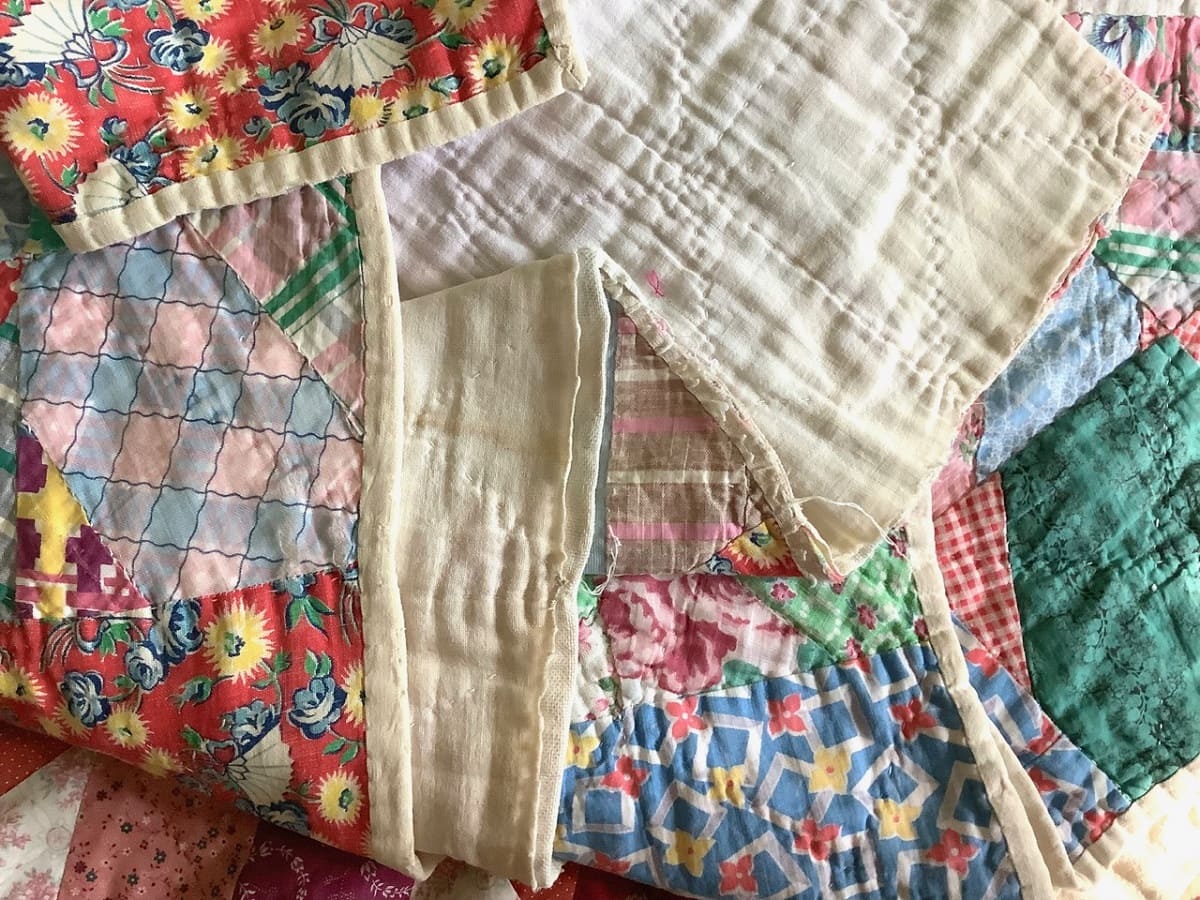
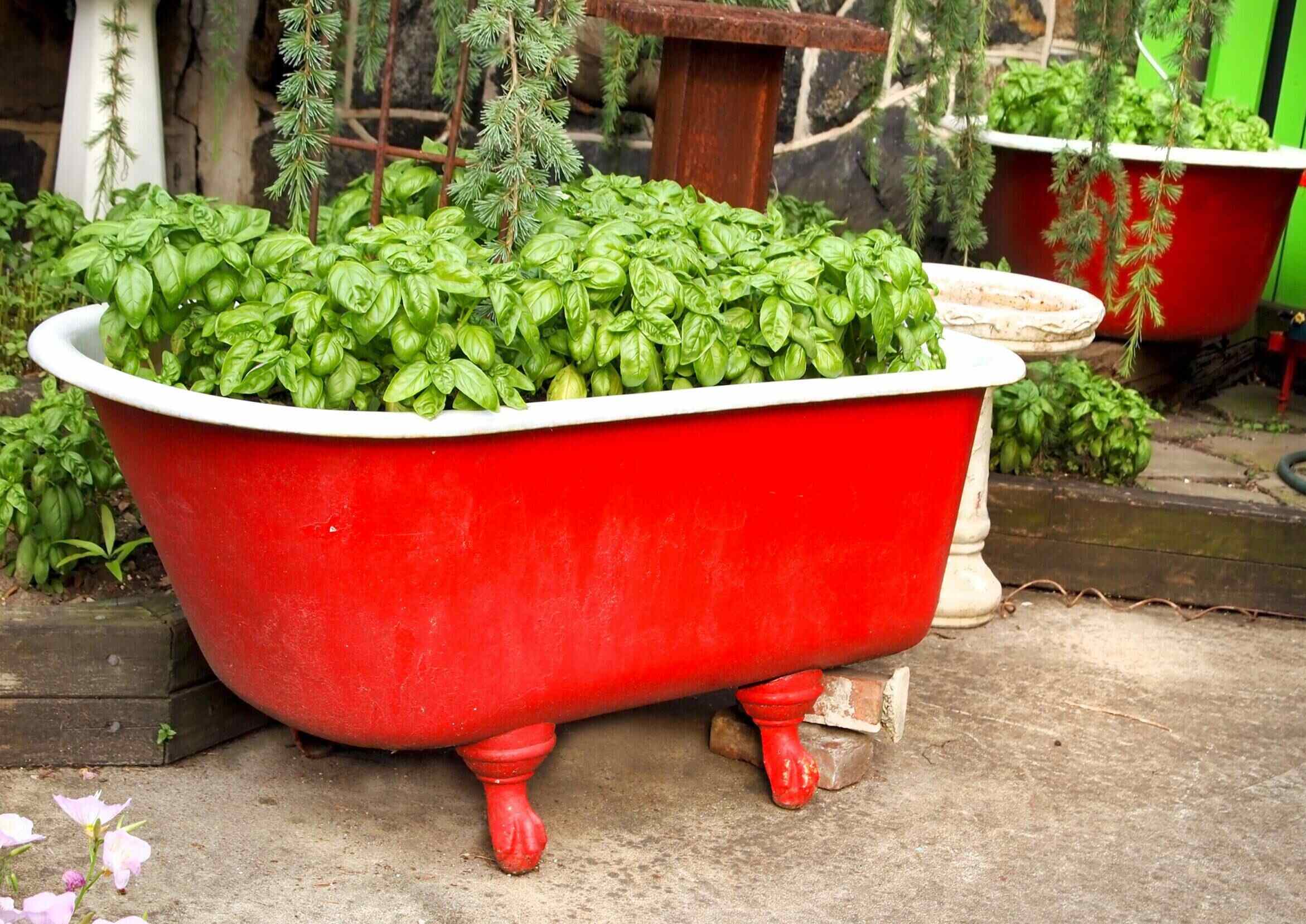
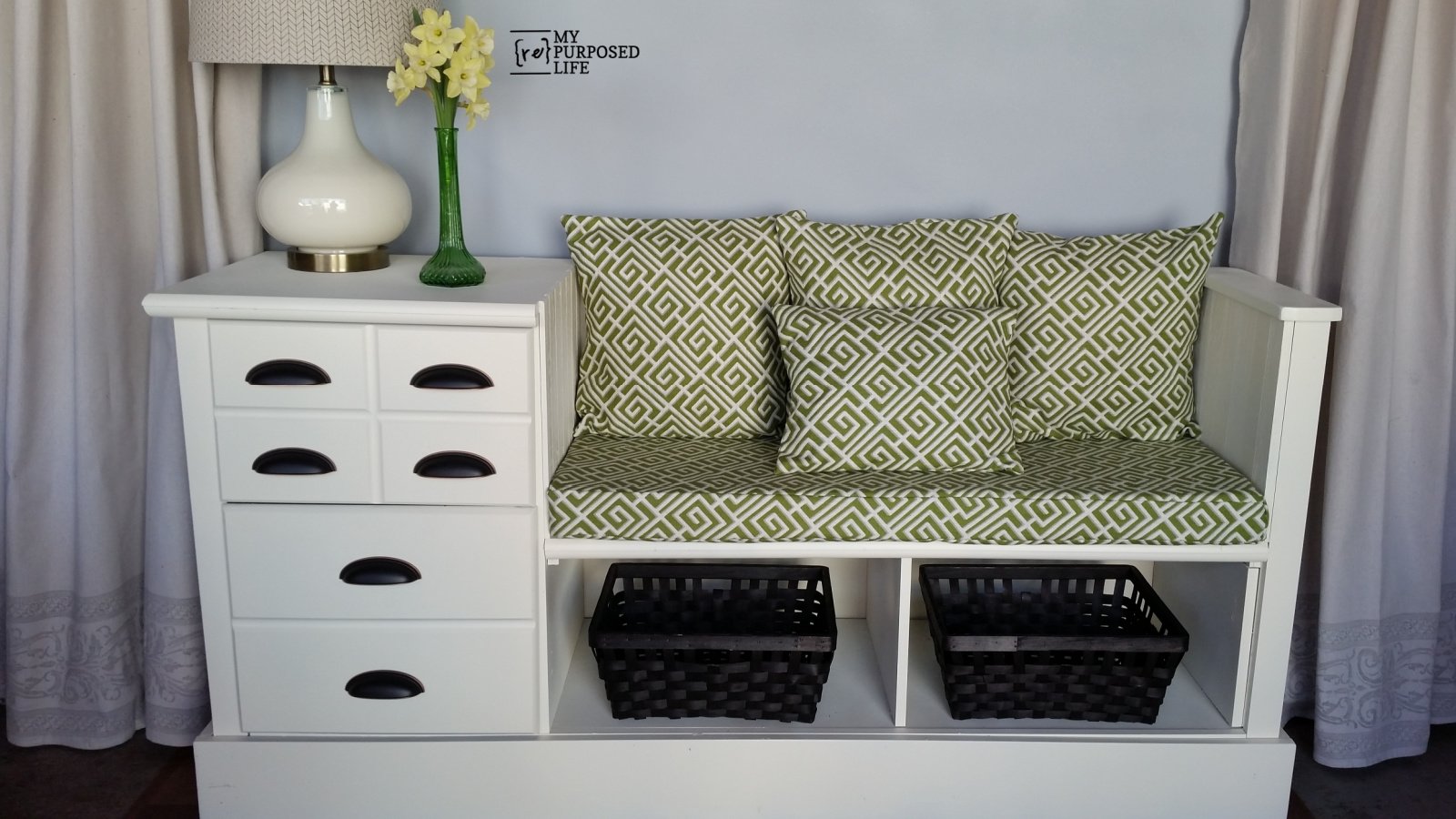
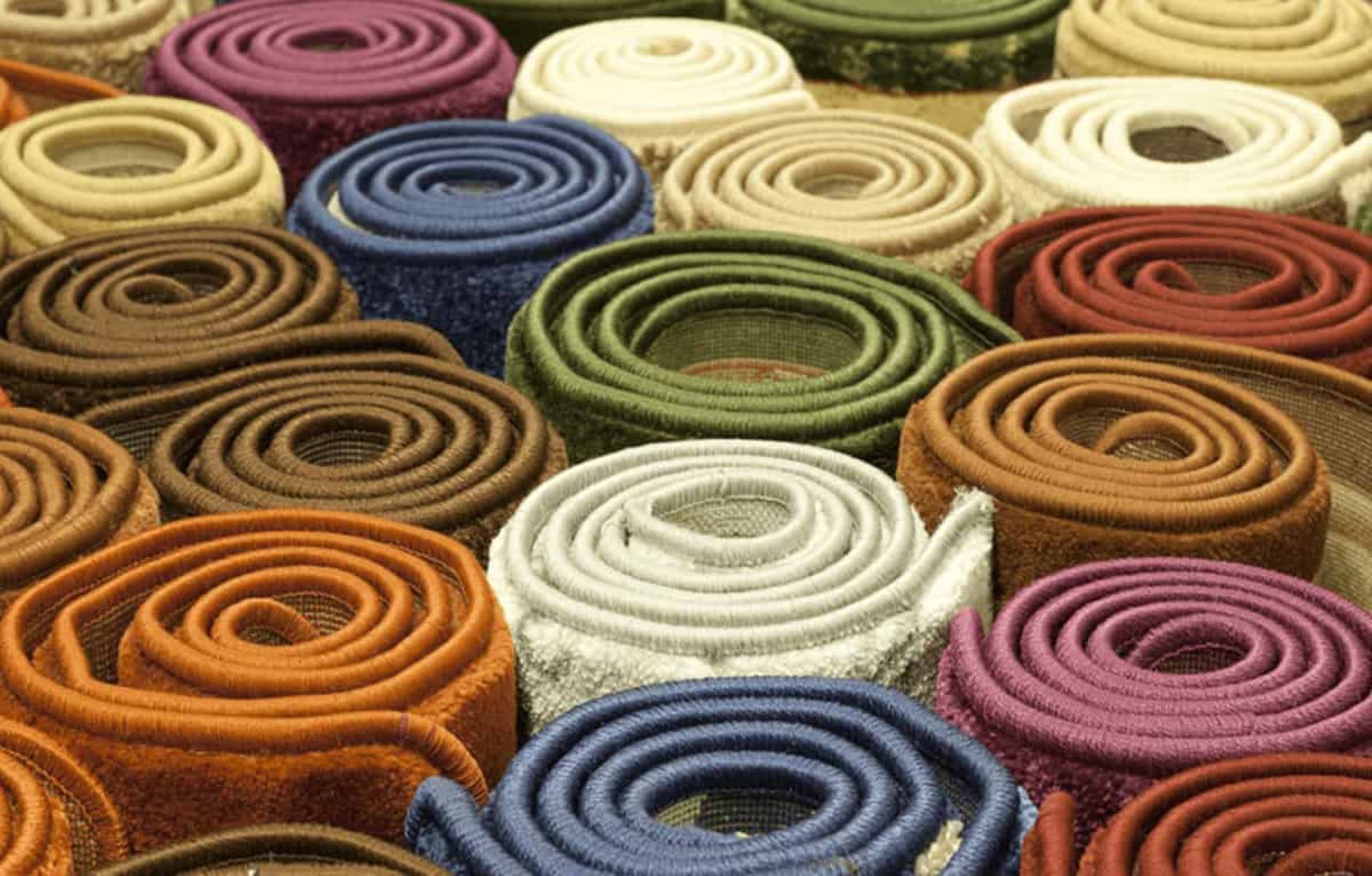
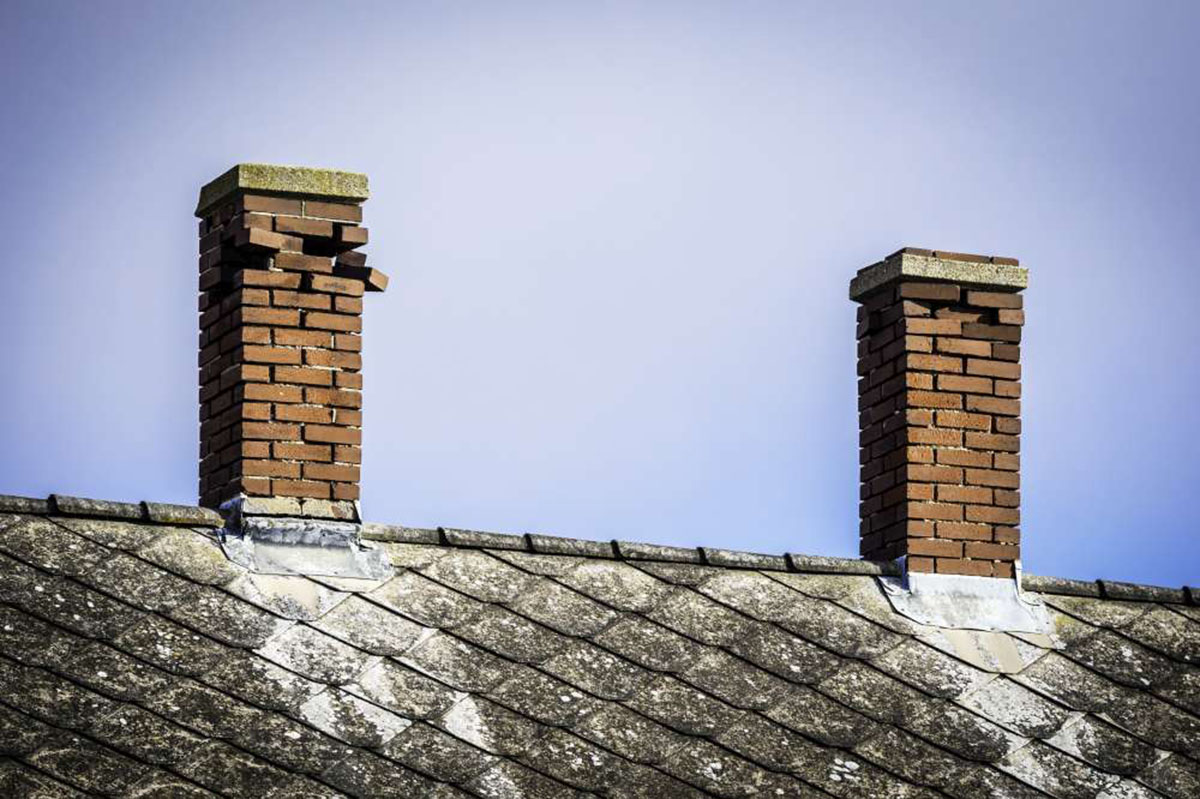
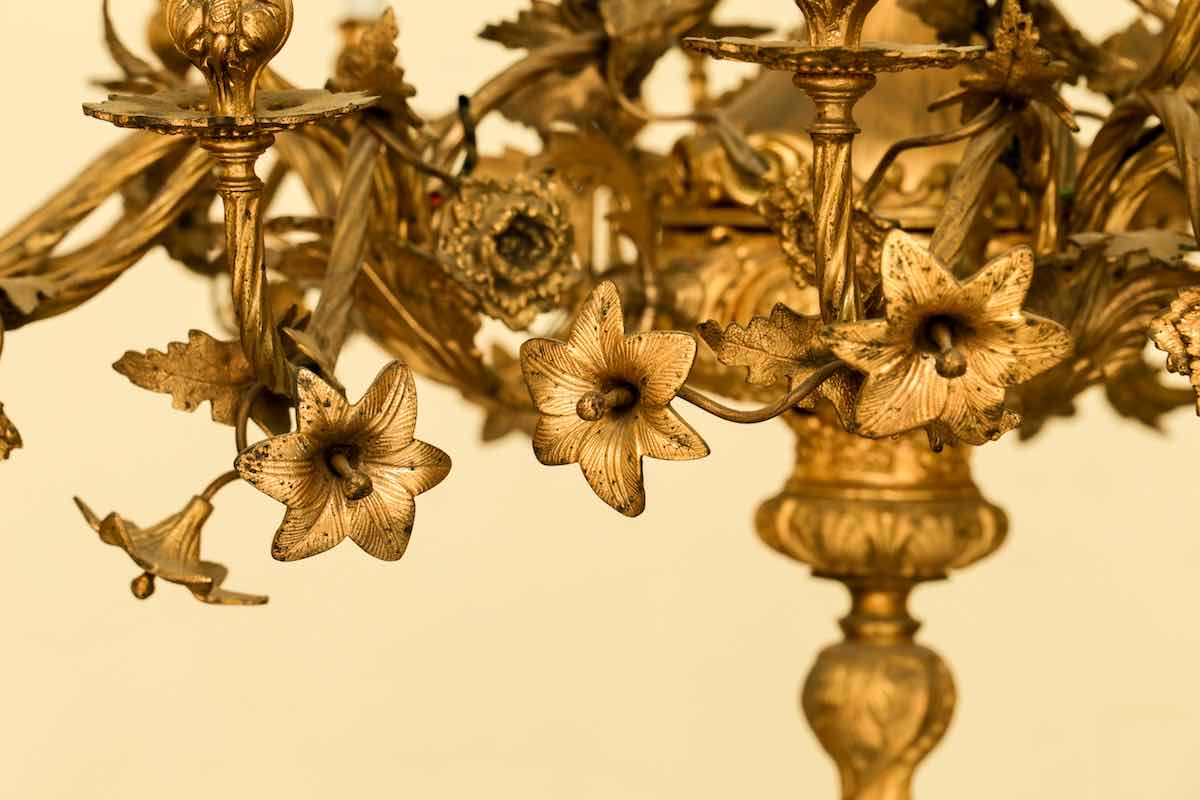
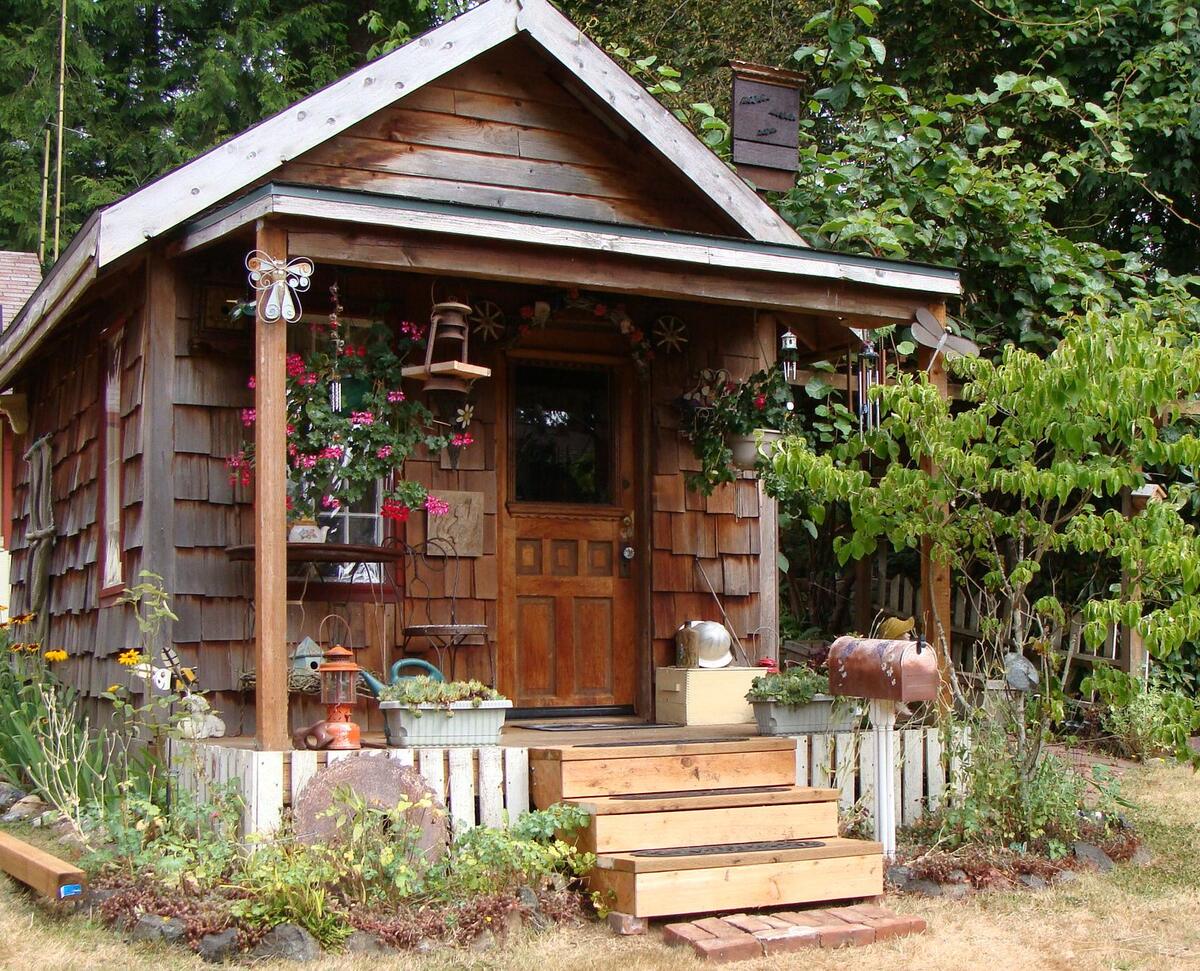
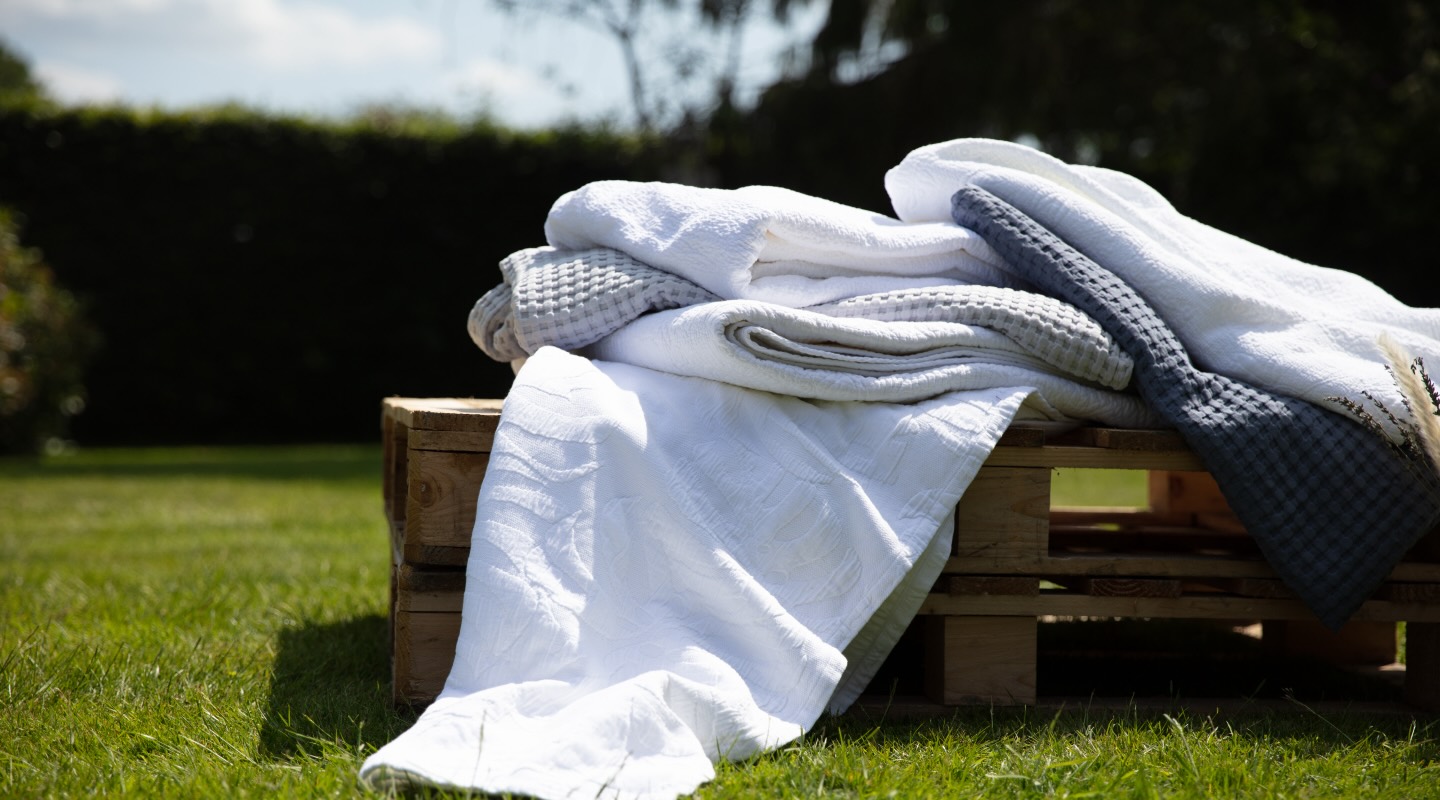
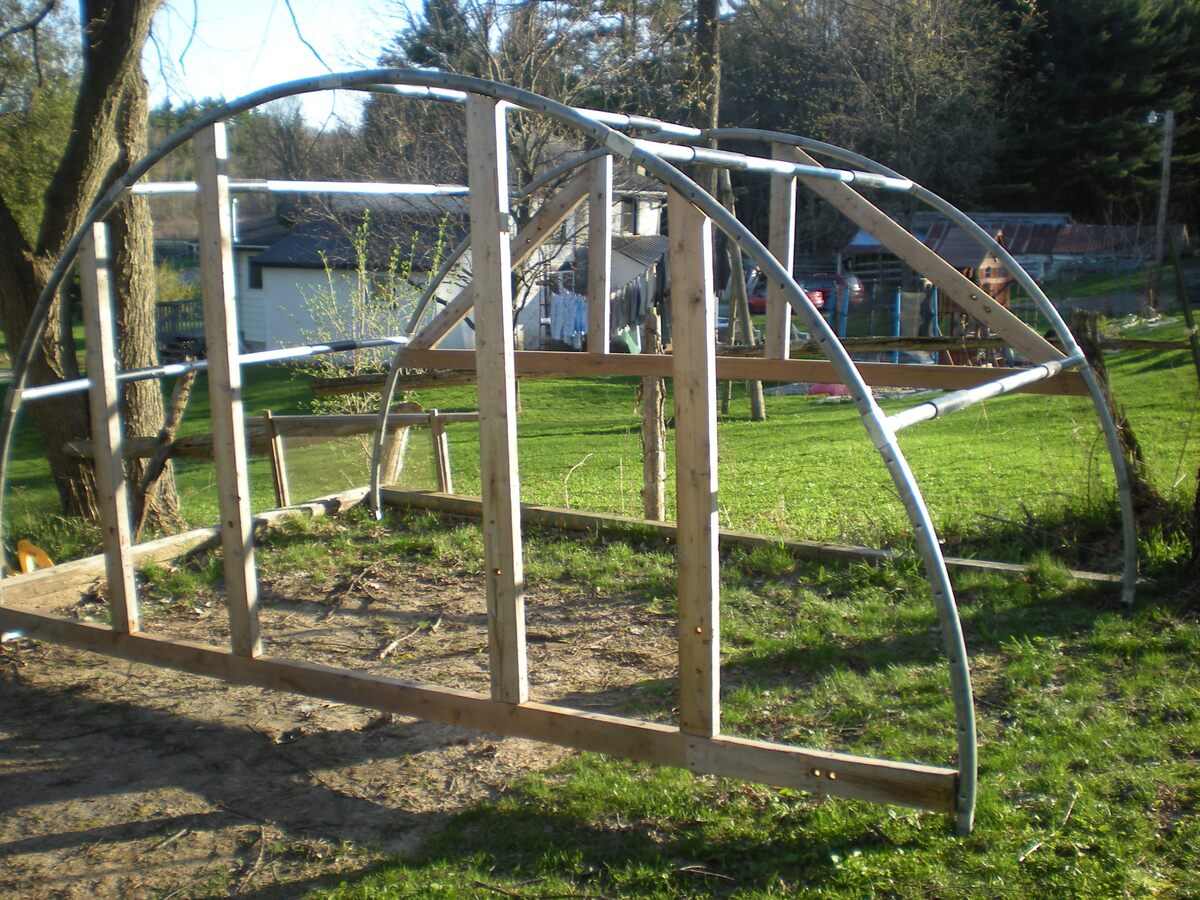
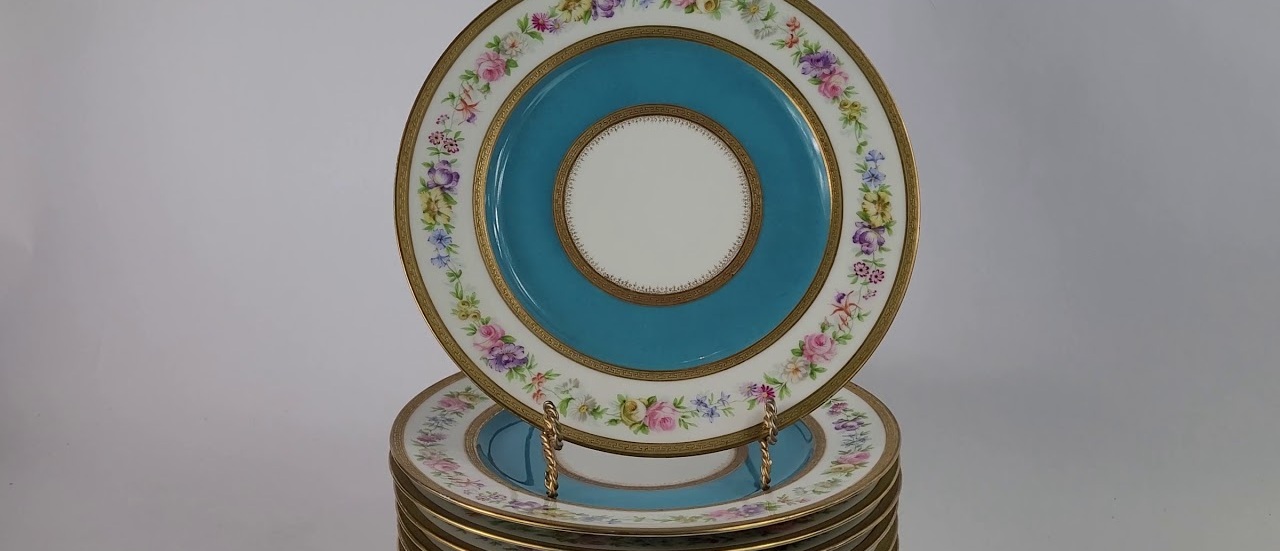
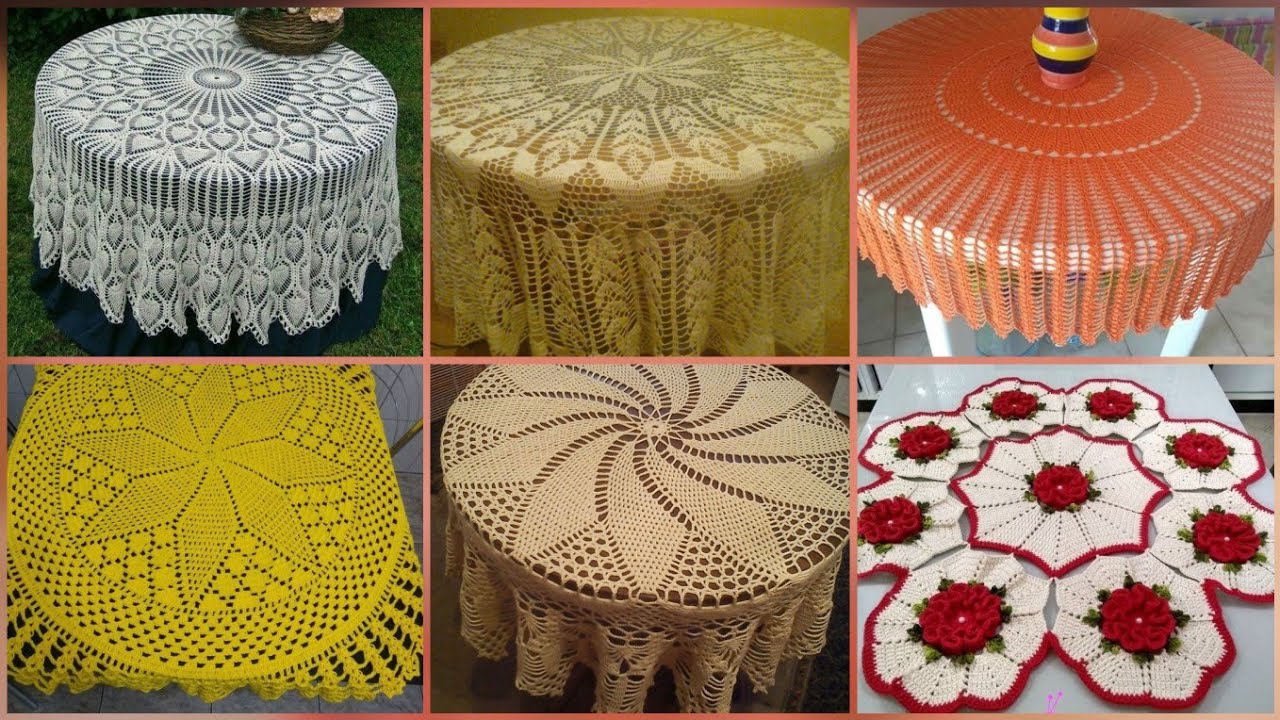
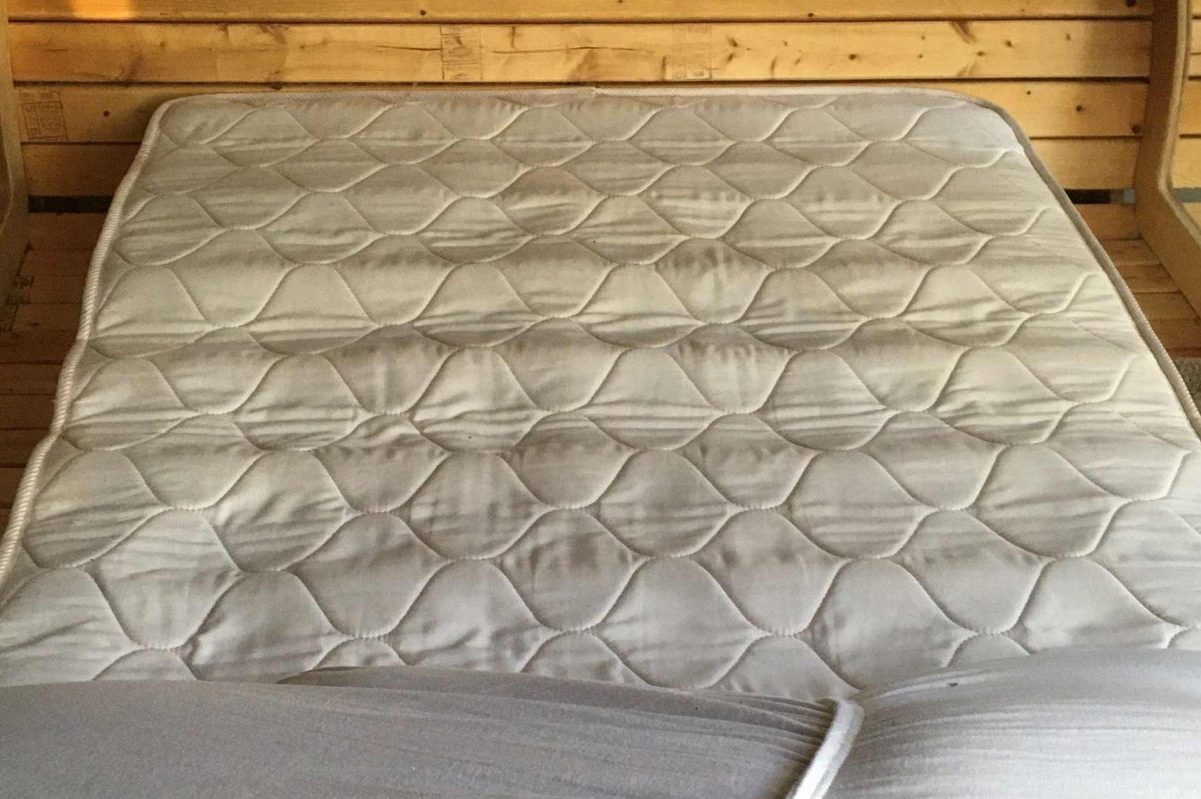
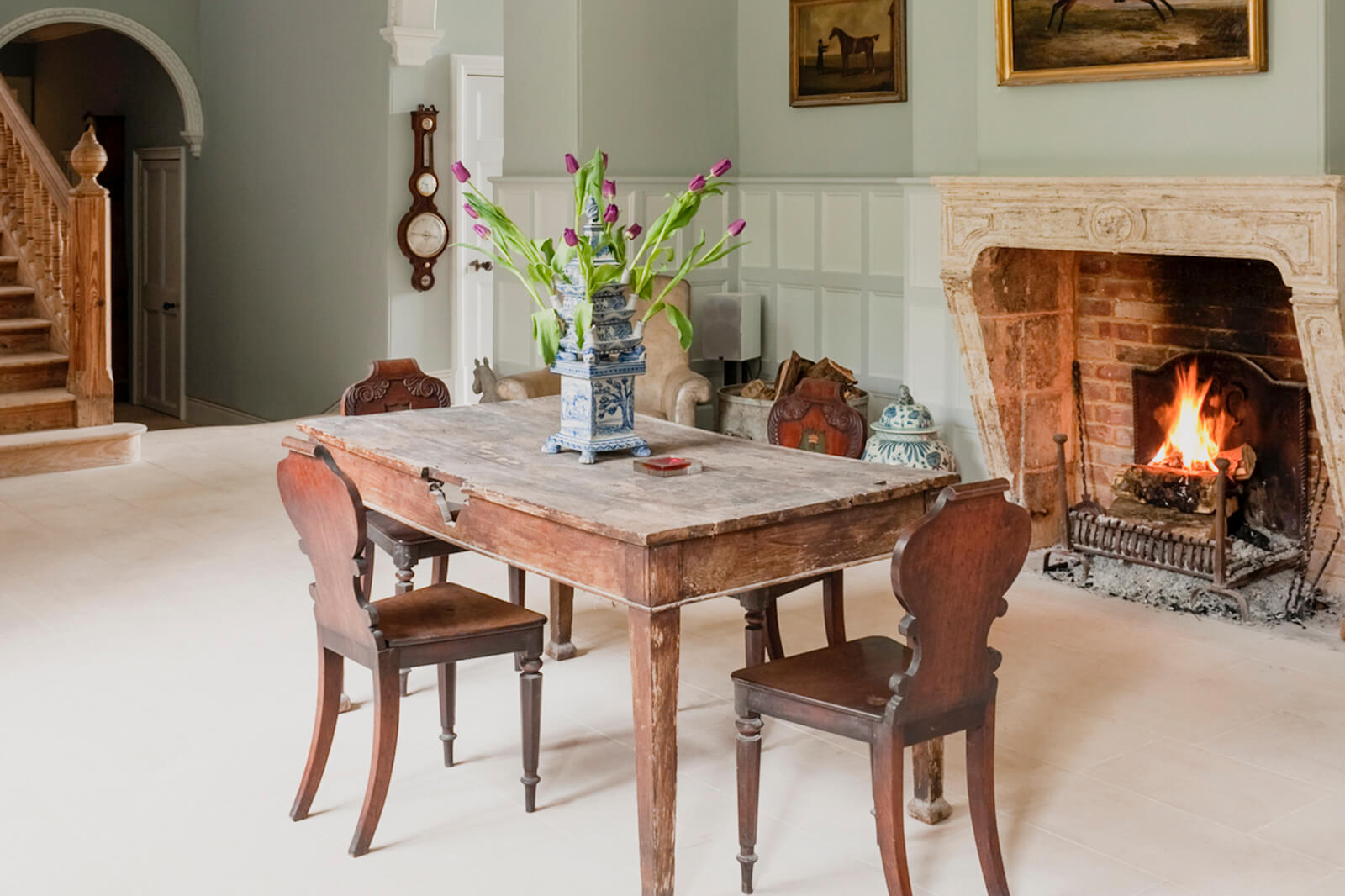

0 thoughts on “What To Do With Old Tablecloths”